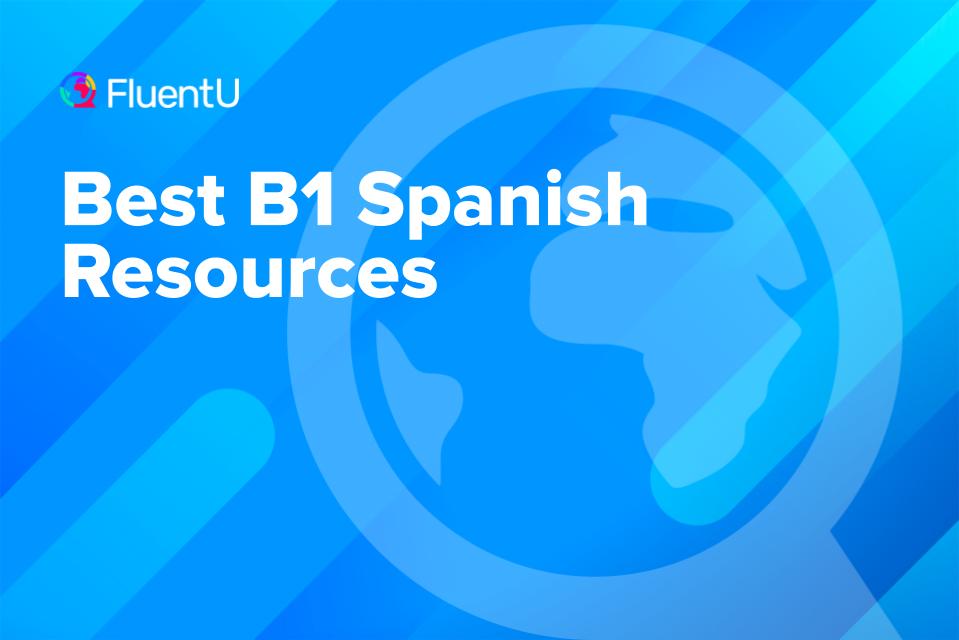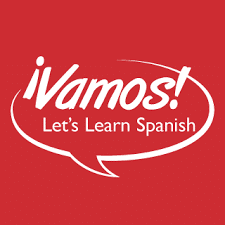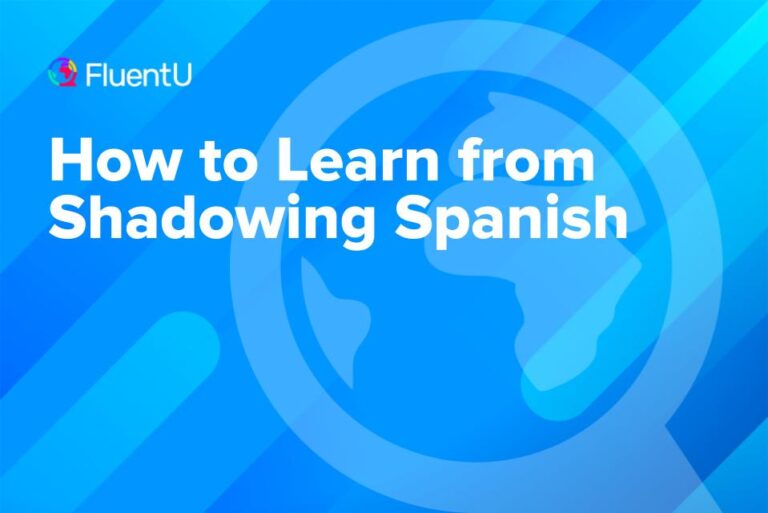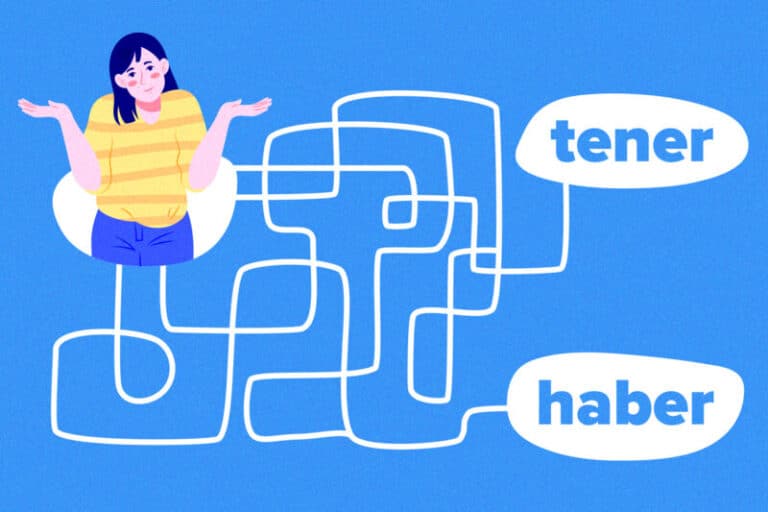Best B1 Spanish Resources

Making the leap from intermediate to advanced can be challenging, but with the right resources you can advance your skills and gain more confidence in your Spanish.
These seven resources can help you make progress and avoid that dreaded learning plateau, plus even pass the DELE B1 exam.
Download: This blog post is available as a convenient and portable PDF that you can take anywhere. Click here to get a copy. (Download)
1. Amauta Spanish
Amauta Spanish offers excellent materials for learners to work toward the B1 level. Their grammar exercises cover important topics like direct object pronouns, past participles and prepositions.
The worksheets are entirely in Spanish, which is excellent for encouraging you to think more in the language!
And the exercises they include are multiple-choice questions that can be worked more than once. For best results, keep with a particular topic until your score is perfect before moving on!
2. FluentU
FluentU uses short video clips from authentic Spanish media—movie trailers, music videos, news segments and more—to help you learn the language in context.
The video library is updated regularly and can be sorted by difficulty level, so intermediate Spanish learners can easily find the content that suits their needs.
Each clip comes with interactive subtitles that let you learn vocabulary and its usage. Hover over a word for an instant translation and grammatical information or click on it for more detailed information such as example sentences and audio pronunciation.
After watching a video, you’ll take a personalized quiz on the key vocabulary from the clip. You can also save new words as multimedia flashcards for easy review.
3. KwizIQ

They offer so many incredible, engaging and educational topics that any learner could easily spend hours going from one to another without getting bored.
And at the B1 level, KwizIQ doesn’t disappoint.
The material is organized by topic so learners can peruse the offerings and choose what to work on. They cover many issues, from grammar to reading comprehension, and do so in a very entertaining way.
Finally, most of the topics feature a cultural explanation of the material covered so learners get a feel for authentic Spanish life.
4. University of Texas at Austin
The University of Texas at Austin is a Spanish learner’s dream come true!
They offer so much valuable material that it’s almost mind-boggling. Every level is covered in-depth, where they feature videos, grammar lessons, vocabulary, phrase sections and even podcasts!
Native speakers present the information, which improves your listening skills.
Also, the topics are divided so clearly that it’s a snap for users to focus on areas that need attention, like a particular conversational topic or even a how-to issue like buying theater tickets.
Finally, the podcasts make listening practice so mobile that learning anytime and anywhere is effortless. Learners should add these to their programs for fast, interesting bursts of Spanish practice!
5. Let’s Learn Spanish
Let’s Learn Spanish offers courses to take learners to any of the CEFR levels.
Each course is 20 hours in length and learners can decide how intensively they want to study a course. They can be done in different increments ranging from doing the 20 hours in a single week to spreading it out over 10 weeks.
This is a way for learners who need a syllabus and structured coursework to level up.
An interesting feature of this method is that they hold daily online social activities. Learners chat with each other, play games, enjoy culture classes and much more.
And if you’re uncertain about which level you actually fall into, take their quick test to gauge your Spanish skillset!
6. The Spanish Forum
The Spanish Forum has plenty of material geared toward helping Spanish language learners become proficient at the B1 level.
Every topic is separated by content and clearly marked so it’s a breeze to just choose the areas that need the most attention or to learn topics in the order presented. Either method works and both are facilitated by the orderly presentation of material here.
Topics explain the differences between common words, grammar rules and even how to properly use accent marks.
Plus, there are opportunities to practice the material after you read the presentations. Use the practice exercises to ensure that you’re getting those news skills down pat!
7. Lingolex

One of the interesting things about this site is that it features some really engaging topics alongside the typical grammar and vocabulary.
Interested in proverbs, weather, airports, literary tidbits or holidays? There are sections that cover all of those!
Finally, Lingolex provides comprehensive vocabulary lists, which is truly beneficial to Spanish learners.
Pick and choose from those lists to compile a personalized one of your most useful words and phrases—and then commit to using those words at every opportunity! Pull them into conversations and writing activities, and your skills will really take off!
What Does B1 Spanish Really Mean?
Are you wondering what exactly B1 means for Spanish speakers? No worries! The details are actually pretty straightforward when it comes to language levels.
The Council of Europe—which is a human rights organization—established the Common European Framework of Reference for Languages (CEFR). This leveling system makes a distinction between the various language abilities of speakers of any given language.
The classifications are separated into six levels. The levels go from A1 to C2. A1 and A2 are considered basic, B1 and B2 are the intermediate levels and C1 and C2 are proficient language users.
As a B1 Spanish learner, you fit into the “lower intermediate” level. According to DELE.org, B1 Spanish speakers can…
- Understand the basic concept of clearly written texts that discuss well-known topics (like jobs, studying or travel).
- Deal with most situations as they arise while traveling in a Spanish-speaking country.
- Write simple but well-written texts about topics you’re familiar with or have a personal interest for.
- Describe experiences, wishes, events and hopes.
- Briefly explain your opinions.
But “B1” is more than just a progress marker. It’s also a certification.
The DELE is the official Spanish language proficiency test. You can take the test for a certain level (such as level B1), and if you pass, you receive a diploma that clearly states which level of proficiency you possess.
So by taking courses suitable for B1 Spanish learners, you can prepare to take the DELE Level B1 test!
This is especially useful if you ever want to live or work in a Spanish-speaking country. And even in countries like the United States, bilingual people often have more career opportunities and qualify for higher pay.
So by showing your employer your B1 level certificate, you can open endless doors of opportunity!
If you want to improve and move beyond basic to intermediate, the key is to add solid resources to your program. And then you’ve just got to practice!
Make that commitment and watch your Spanish skills level up. Head to level B1—and beyond!
Download: This blog post is available as a convenient and portable PDF that you can take anywhere. Click here to get a copy. (Download)












